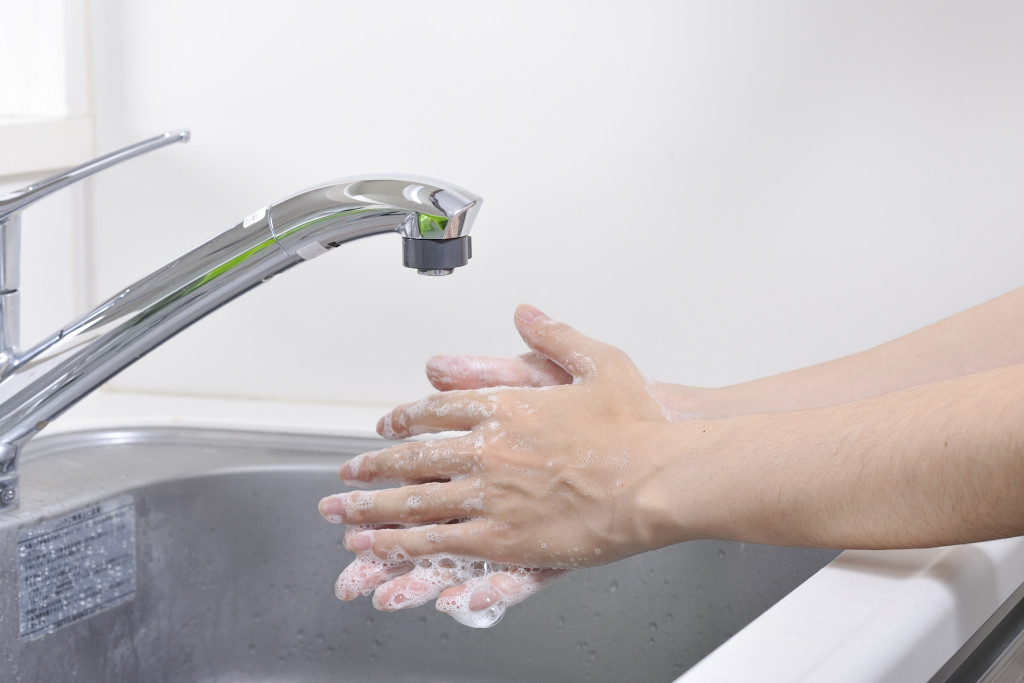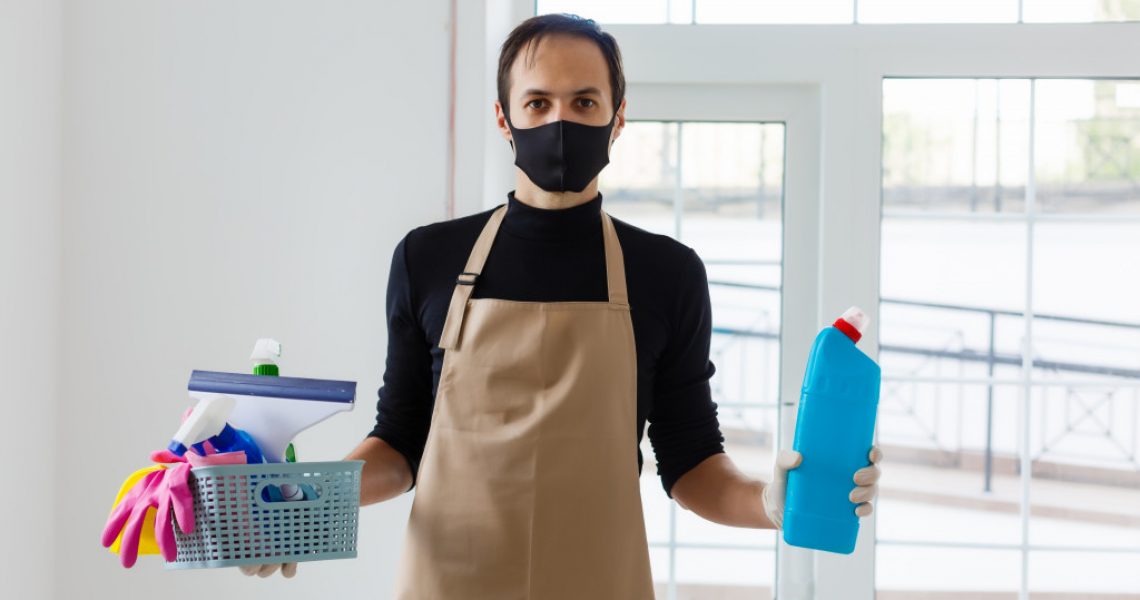The COVID-19 outbreak has posed a significant challenge to public health, with most cases being transmitted indoors. Within the two years since the first reported COVID-19 case, it was discovered that the virus is transmitted through respiratory droplets and contact with contaminated surfaces. In order to prevent and mitigate indoor COVID-19 transmission, it is essential to implement measures that will reduce the risk of exposure to the virus.
Some key measures that can be taken to prevent and mitigate indoor COVID-19 transmission include:
Improving indoor ventilation and ductwork
Improving indoor ventilation by opening doors and windows or using mechanical ventilation systems can help reduce the concentration of respiratory droplets in the air and enhance air quality. Duct systems should be cleaned and maintained regularly to ensure they function correctly. The help of an air hygiene specialist can help assess indoor air quality and make recommendations for improvement. These specialists can also provide guidance on using air purifiers and humidifiers, which can further improve indoor air quality.
Installing high-efficiency particulate air (HEPA) filters on all air ducts can also help to improve indoor air quality. HEPA filters remove fine particles from the air and are capable of trapping even submicron particles. They are a good choice for homes with young children, pets, or people who suffer from allergies or asthma because they reduce the amount of dust, pollen, and other airborne particulates in the home.
Cleaning and disinfecting surfaces
Frequent cleaning and disinfection of frequently touched surfaces, such as door handles, light switches, and countertops, can help reduce the risk of transmission. It is essential to use a product that is effective against COVID-19, such as bleach or alcohol-based products. Disinfecting surfaces with bleach or alcohol-based products will kill the virus, but it is crucial to allow these products to dry completely before touching them.
The Centers for Disease Control and Prevention (CDC) recommends disinfecting surfaces with bleach (4-10% sodium hypochlorite) or an alcohol-based product that contains at least 60% alcohol. Surfaces should also be cleaned regularly throughout the day in areas where people are likely to congregate, such as lobbies, reception areas, and common rooms. The CDC also recommends that these areas be cleaned and disinfected by professional cleaners or individuals trained in the proper use of disinfectants to ensure that the products are used correctly and effectively. Suppose a facility does not have access to a professional cleaning company. In that case, it is wise to consult with an expert who can guide adequately cleaning surfaces and equipment.
Promoting better personal hygiene

Personal hygiene is the most critical step in preventing the spread of COVID-19. It is recommended that people wash their hands with soap and water for at least 20 seconds or use alcohol-based hand cleaners to help reduce transmission, i. Disposable gloves also should be worn if there are cuts or abrasions on your hands.
The virus can also linger on surfaces like mobile phones, bags, clothes, and shoes. Making sure to change out dirty clothes is vital to prevent the spread of COVID-19. Personal protective gear such as gowns, shoe covers, and masks should also be disposed of properly in homes, offices, and other communal spaces.
Reducing the number of people in indoor spaces
Limiting the number of people in indoor spaces can also help reduce the transmission risk. If possible, meetings and events should be held outdoors or even virtually. If they must be held indoors, the space should be well-ventilated, and the number of people should be limited. The general rule is that the more people in close contact with each other, the greater the risk of transmission.
Following proper social distancing protocols indoors and wearing appropriate personal protective equipment (PPE) can also help to reduce the risk of transmission at indoor events. Studies have shown that hotter indoor temperatures can also lead to a higher risk of transmission, so keeping the temperature cool with properly equipped air conditioners can help reduce transmission rates.
In summary
Despite the high COVID-19 vaccination rates, it will take some time before we can say we’re out of the woods. This means that we still need to be vigilant in terms of infection control and continue to follow the safety guidelines put in place by health authorities. To prevent or mitigate indoor virus transmission, we must improve ventilation and ductwork, clean and disinfect surfaces regularly, promote better personal hygiene habits, and reduce the number of people in indoor spaces. Taking these precautions can help slow the spread of the virus and keep our families and communities safe.

